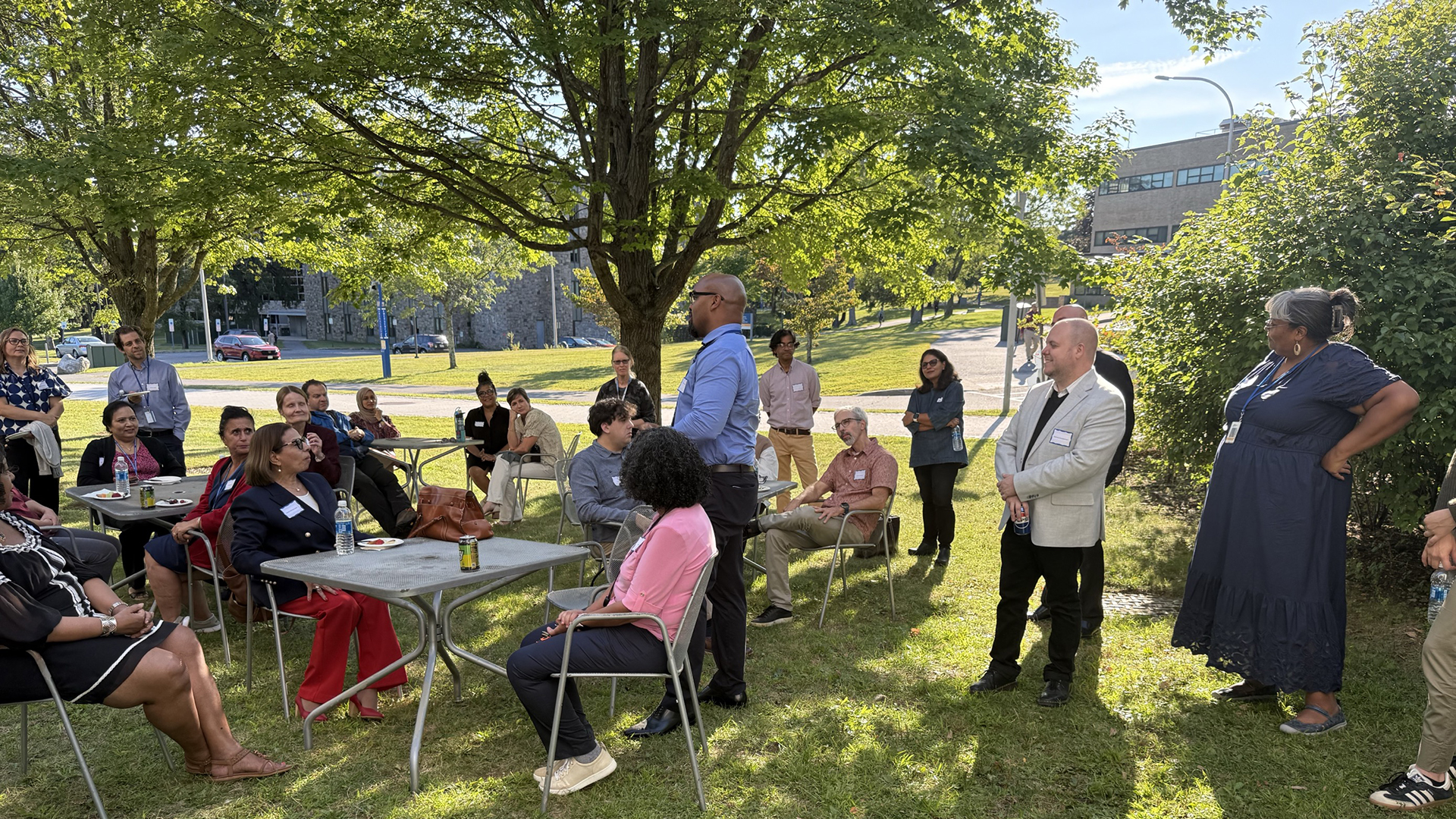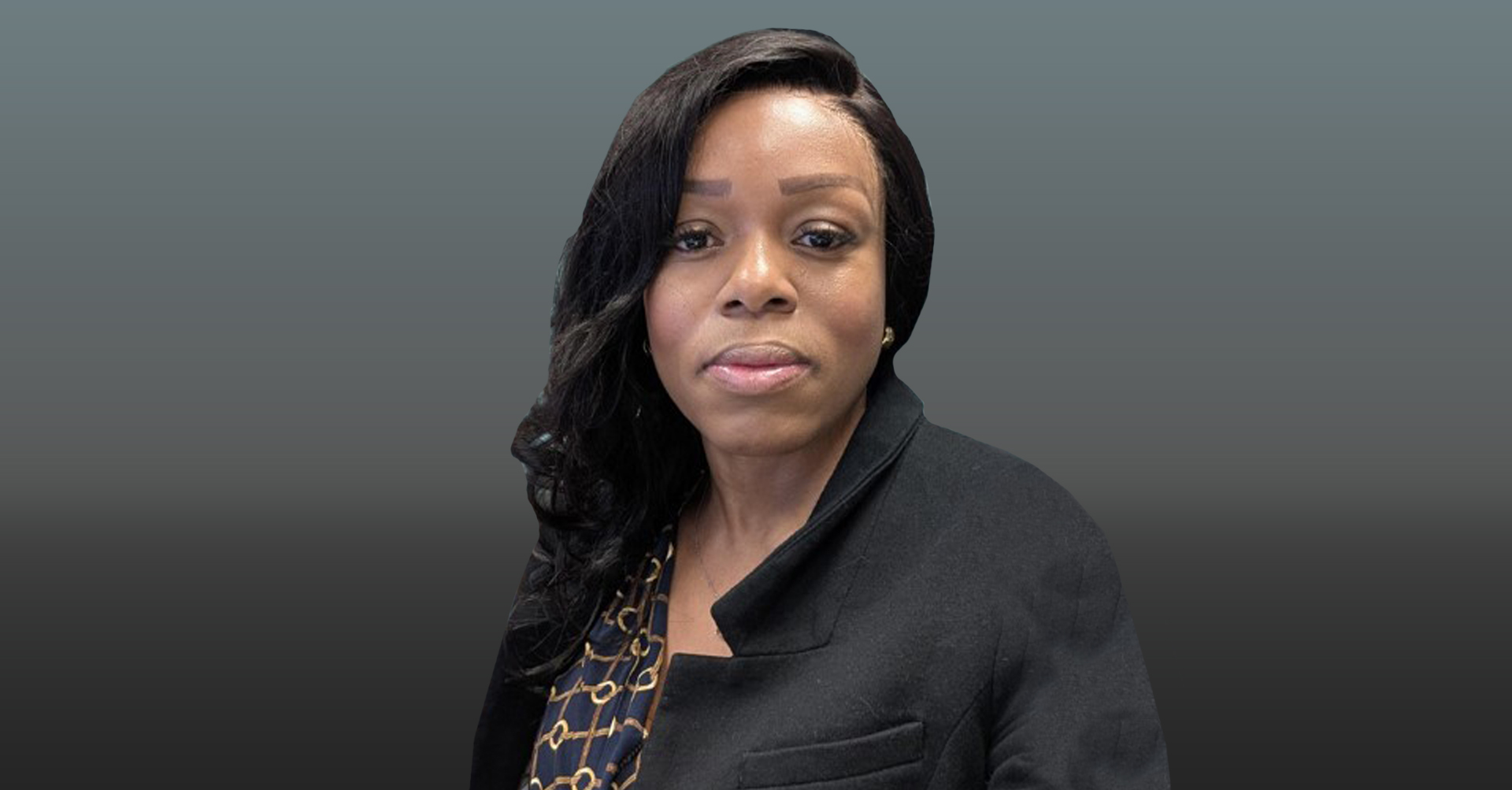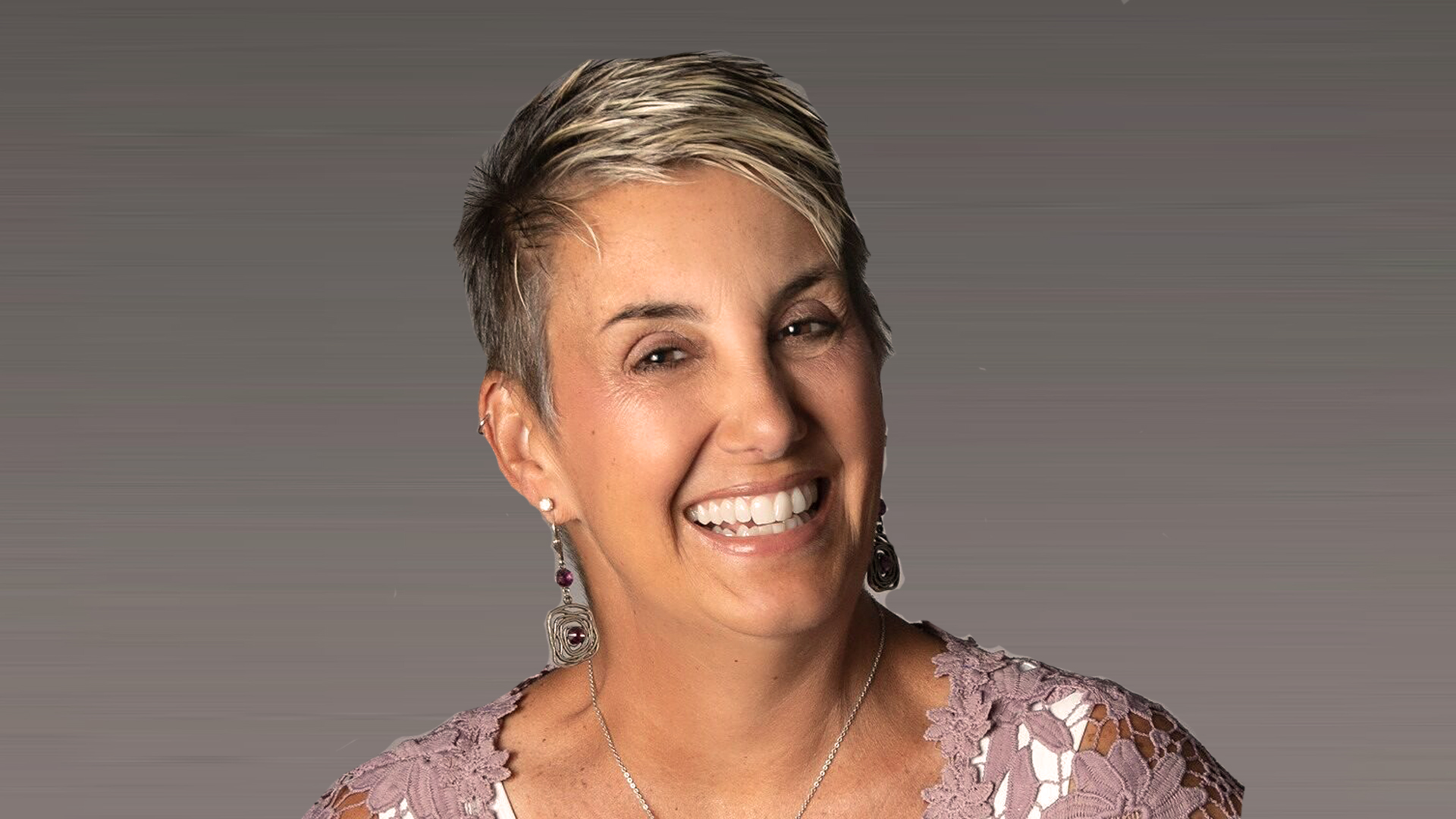CTL – Fall 2025 Newsletter

Greetings WCC Colleagues!
The Center for Teaching and Learning is excited to announce its Fall newsletter. CTL supports faculty professional development and promotes high-impact educational practices by producing programming and materials, and by fostering collaboration and community among faculty across the college.
The professional development programming for the fall semester is set! This year, the Center for Teaching and Learning invites us to embrace the theme of “Reflecting,” a chance to pause, share, and grow together in our teaching and learning methods. Join us for engaging workshops, offered on the third Wednesday of each month between 11:00 a.m. – 1:00 p.m.
Thank you to our contributors for sharing their reflections and best practices.
In This Issue:
- Highlights from the New and Junior Faculty Meet and Greet.
- Building an Accessible Campus Together.
- Beyond the Stacks: Your Library Liaison Enhancing Teaching and Learning.
- Some Strategies for English Language Learners.
- Closing the AI Gap in the Classroom.
- Recap of CTL’s Annual Celebration of Teaching and Learning Symposium.
- Upcoming CTL Professional Development Workshops.
- Upcoming Events
Welcome Back Faculty Lunch
The WCC Federation of Teachers and the Center for Teaching and Learning hosted a Welcome Back faculty lunch on Wednesday, September 10. It was great to reconnect with colleagues in our faculty community.
SUNY WCC’s new and junior faculty were greeted by President Belinda Miles, Provost Vanessa Morest, the deans of the academic schools, including, Rob Mangione, Carmen Rodriguez, and Kalpana Jain. We were happy to welcome several department chairs that joined to help celebrate and welcome their new faculty. It was a beautiful day to welcome the newest faculty to the SUNY WCC family.
Digital accessibility is vital because it ensures that everyone, regardless of ability, can engage with and benefit from online content, tools, and resources. Designing with accessibility in mind, such as including text alternatives, clear navigation, and compatibility with assistive technologies, helps remove barriers that might otherwise exclude individuals with disabilities.
More than meeting compliance standards, accessible design fosters equity, improves usability for all, and demonstrates a genuine commitment to inclusion and respect in the digital space.
We know digital accessibility can feel overwhelming, and questions often come up as you work on your materials. To support you, each week we’ll send out an email with a link to a form where you can share any questions—big or small—about making documents, course content, emails, or online tools more accessible. Your input will help shape future trainings and resources, so please don’t hesitate to reach out. The Center for Teaching and Learning is here to help you every step of the way.
What is the Library Liaison Program?
The Library Liaison program connects the library with faculty to ensure the library remains responsive to the information and instructional needs of Westchester Community College. Academic departments are assigned a library liaison based on the librarian’s subject knowledge to serve as the dedicated point of contact for all things library related. This partnership helps ensure that you receive personalized support tailored to your unique academic needs.
Support your Liaison Offers
Your librarian liaison can assist with a range of services, including:- Research Assistance: Your liaison is available to provide you and your students with reference and research support.
- Designing Research-Focused Assignments: Your liaison can collaborate with you to create assignments or projects that encourage students to develop strong research skills, including source evaluation and ethical use of information.
- Information Literacy Instruction: Your liaison can teach your students how to effectively use library databases, evaluate sources, and the citation process. This is particularly useful for General Education requirement that require students to engage in research.
- Resource Guides: Your liaison can create customized online resource guides for specific courses or research projects, ensuring that you and your students have easy access to the most relevant and up-to-date materials.
- Library Collection Development: Your liaison is also available to receive acquisition requests to help ensure the library collection aligns with the evolving needs of your department.
How to Find Your Liaison:
To find your librarian liaison, visit the Library website and navigate to the Library and Staff Directory located under the About the Library section. There, you’ll find a list of each liaison, their contact details, and the departments they support. For general inquires, you can also contact Rebecca Steere, coordinator of the Library Liaison program.
Your library liaison is a valuable resource for your department, please be on the lookout for notifications regarding new books at the library in your discipline, inquiries to assist with creating or revising your research assignments, offers to provide information literacy instruction and more!
As our classes become increasingly diverse, we, as educators, must think about how to reach all our students. Our colleagues in all disciplines can make some basic adjustments in our classrooms for their English Language Learners (ELLs) that might make it easier for everybody to understand the material and help them engage more with the rest of the class.
The first and probably the easiest step to discuss is being culturally aware. We know intuitively that our students come from different backgrounds and have different value systems and beliefs; their schooling may differ significantly from ours. Many of our students grew up in schools where students sat in rows and teachers talked at them. There was no engagement. It is ideal to create a classroom of safe space and open ideas, and that starts on day one. Put aside jumping into the curriculum and spend a little time doing getting-to-know-you exercises. During these activities, encourage students to find common ground outside of ethnicity. Do students share a love of music, have the same familial structure, or are they studying the same major? Once students do not feel judged by their country of origin, you can build an environment based on trust.
Sometimes, we forget that we need to make minor modifications to understand where our students came from so that we can better educate them. For example, in my classroom, when I have a student from a male-dominated culture, and I’m doing group work, I’m conscious of putting them with females or males that would be less demonstrative. We want all students to feel included, and because culturally, they’re told to be quiet around men, they would be more likely to shelter or shut down in a small group with strong men. Unfortunately, as a young teacher, I had many examples of poor cultural understanding, and I am sure it has happened to all of us. I remember being in a classroom with a student sitting in the front row, pencil-held, ready to go. The entire time I talked, he was subtly shaking his head No in what I thought was disagreement. The more that he did it, the more angry I got. I remember going to a coworker after class and saying, “Oh, I had the rudest student. You wouldn’t believe what he did.” The teacher, who was very wise and very culturally aware, said to me, “He is Indian, right?” I said, “Yes, as a matter of fact, he is.” After he smiled and let a laugh slip out, he said, “Oh, that’s because in India, shaking your head does not mean they disagree with you. It is a signal of agreement.” Being more culturally aware would have alleviated my stress and made understanding the student’s behavior easier.
There are many incidences of cultural patterns that we can add to our toolbox to make the inclusion of ELLs into our classroom seamless. Students who refuse to make eye contact might be showing respect to you as the authority figure. Japanese students may ask what we think are rude questions when, in reality, they are just more used to a direct, more abrupt line of communication. Learning some common ELL behaviors will enhance the classroom experience for everyone involved.
The second strategy colleagues can incorporate into their classrooms is simple enough to start today. Most ELL students’ listening, reading, and writing skills differ significantly. Since you can not assess all these skills on day one, do these three easy things:
- When you’re speaking, emote. Use your body language, your facial expressions, and your voice to tell them and show them what is essential. Even if they do not get every word you say, they will understand the basic ideas and feel they are not being left behind.
- Move your ELL students to the front of the room to hear and see more clearly without distraction, even though they might want to hide in the back. There is safety in hiding; acknowledge that you are moving them not to make them stand out but to be closer to them if they are lost. (I always joke that I can see in their eyes if they understand. If they are in the back of the room, I cannot see their eyes clearly since I don’t wear my glasses.)
- When you’re showing a video or any projection to the front of the room, put on the closed caption with the video because we know that for many students, reading and listening or doing two skills at one time is a better way for them to understand what’s happening.
- If giving a reading assignment, explain to the students that they know more words than they think. Fear of making a mistake can prevent students from taking linguistic risks. So, instead of looking up all the words they don’t know, read the words you do know and try to make meaning using context clues. If the reading seems burdensome or overwhelming, they are much less likely to do it.
- Remember all our free resources on campus when giving a writing assignment—direct ELL students to the ASC for remedial classes and the writing center for other courses. The tutors there are ready and willing to assist. You might also consider sending your assignment to them beforehand so they can be better prepared when your students arrive.
We can expect to see more ELL students in our classrooms. They should not be seen as an obstacle or extra work. Instead, if you take the time to understand them and make minor modifications to your teaching style, they will soon feel included and part of the class. You might even find that their life experiences will enrich your classroom discussion.
Artificial intelligence will reshape the world with the same magnitude as the Industrial Revolution; but it won’t take centuries or even decades. What once unfolded over generations will now happen in just a handful of years.
As of today, AI isn’t an edge case, it’s the norm. Surveys show between 87% and 93% of college students in the U.S. have used generative AI tools like ChatGPT to support academic work. Nearly half use it weekly; and a third make it part of their daily rhythm. It’s not just a writing crutch; students are using AI to brainstorm, break down complex theories, and optimize how they learn.
Faculty, meanwhile, are navigating this rapidly shifting landscape thoughtfully and with care. While 61% report using AI in some form, only 12% have folded it into their routines. Most of that AI use lives behind the curtain in things like lesson planning, drafting rubrics, and automating the mundane. When it comes to pedagogy, the approach is still cautious and exploratory.
This disconnect is quietly reshaping the classroom. Students are experimenting with AI at varying levels, whether to enhance learning (NotebookLM) or to test the boundaries of academic integrity (generative AI). Faculty are simultaneously working to determine how, and whether, these tools should be integrated into teaching and assessment.
What’s At Stake?- Trust is fraying. Students are using AI even when policies say otherwise. Faculty are rightfully wary, citing risks around plagiarism, bias, data privacy, and the one I hear most, erosion of critical thought.
- Expectations are misaligned. Students are experimenting freely, while most faculty are waiting on institutional guardrails and guidance that often arrives late, if at all.
- Program learning outcomes hang in the balance. With two speeds of adoption, consistency in instruction and evaluation becomes harder to maintain
Yet beneath the friction lies untapped potential.
When used with intention, AI can do more than save time, it can reshape the teaching and learning experience. Faculty who regularly engage with AI report reclaiming six hours a week, hours that can be redirected into feedback, content refinement, and direct student support. Students aren’t calling for an AI takeover. They want clarity, structure, and ethical guidance; a roadmap with guardrails on how to use these tools, not just permission to use them.
The Way Forward:
Bridging this gap isn’t a matter of “if,” but “how fast.” Institutions must make AI literacy foundational, not optional. That means:- Equipping faculty, staff, and administration with robust, ongoing development and training to build confidence and competence with AI tools. The sandbox of the future.
- Establishing clear institutional guardrails and ethical boundaries.
- Updating syllabi and department policies to balance innovation with academic and institutional values that align with our mission.
- Designing assessments that emphasize critical thinking, originality, and ethical decision-making, preparing students for a world where AI is a collaborative tool rather than a shortcut to finishing a creative writing project or handling a tough algebra problem.
AI isn’t here to take over — it’s here to push us to grow. If we tackle AI, like we have with many challenges over the years, with collaboration, creativity, integrity and our Viking spirit, we can harness these transformational tools to strengthen teaching and learning, support all employees, and prepare students for a future where AI fluency is essential.
The opportunity lies not just in adapting, but as a leader in the community.
The Center for Teaching and Learning hosted its 2024 Annual Celebration of Teaching and Learning Symposium for WCC faculty on Wednesday, May 14. We thank WCC College President Dr. Belinda Miles and Provost Dr. Vanessa Morest for their participation and support of this Symposium.
The keynote speaker, Dr. Lance Eaton, delivered insights on Artificial Intelligence in “Teaching on Shifting Ground: AI, Agency, and Adaptation in Higher Ed.” The symposium also featured the “Celebration of Faculty Accomplishments” video, along with the “Student Voices” video. We extend our thanks to the Viking Television Club for their excellent work filming and editing the “Student Voices” video.
Student Voices
Lance shared practical tips about how to use AI effectively – “Banning AI or dismissing it outright is not really going to work. That will only further delegitimize us in the eyes of our students. It doesn’t mean we can’t have guard rails. We absolutely should have guardrails about where it shows up. But we also must have clarity about how it may or can show up in a course, and you can talk about it and find interesting use cases.”
Immediately following the keynote, faculty, staff, and administrators participated in breakout sessions. Thank you, Jackson Byrnes, and the Creative Communications Office, for capturing a few engaging photos from the breakout sessions.
At the conclusion of the Symposium, Dr. Morest welcomed Professor Laurel Robinson as the newest co-director of the Center for Teaching and Learning (CTL). The CTL would like to express gratitude to Erich “Ricky” Werner for his years of dedicated service as co-director. Although Ricky is taking a leave, his impact on CTL will be felt for years to come!
If you missed the Symposium, we invite you to watch the full recording. You must log in with your WCC credentials. Thank you, Jose Chavez, and the Learning Resources, Media, and Instructional Technology office, for providing the fantastic technology that allowed us to engage so effectively with our keynote speaker.
To all who participated, thank you!.
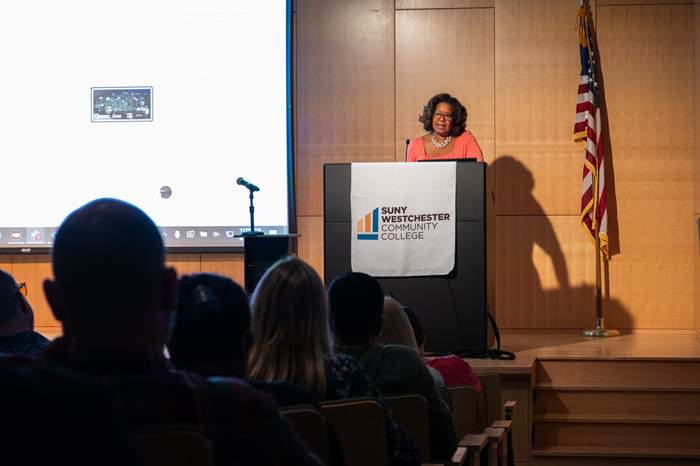
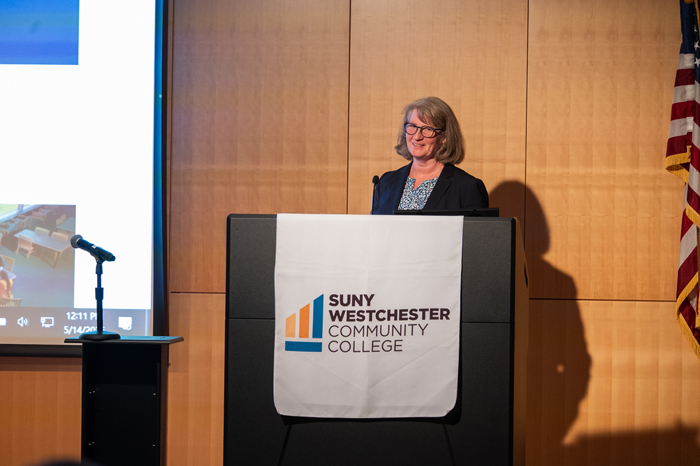
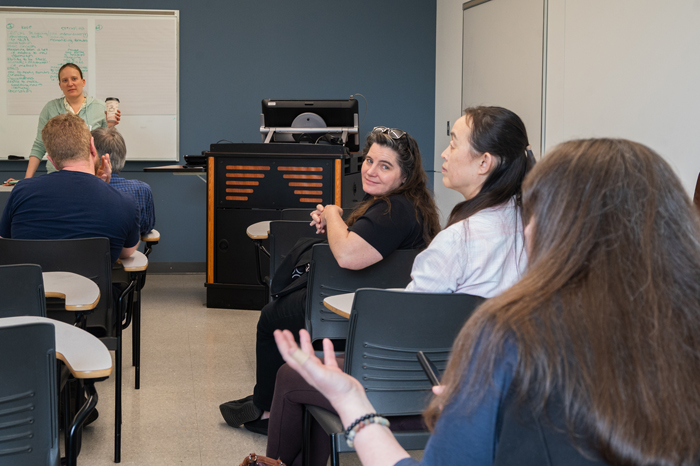
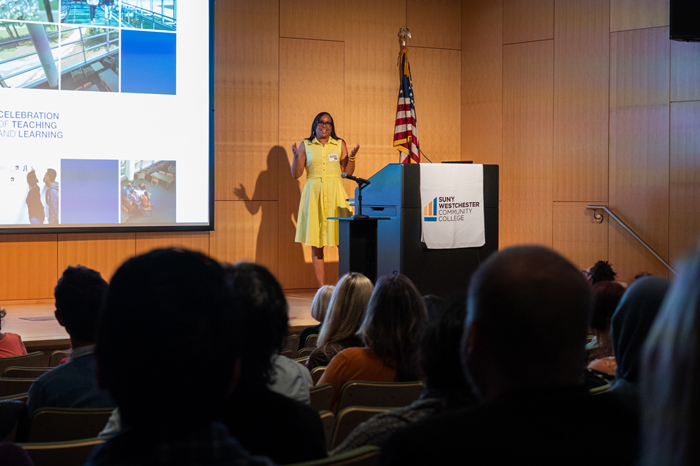
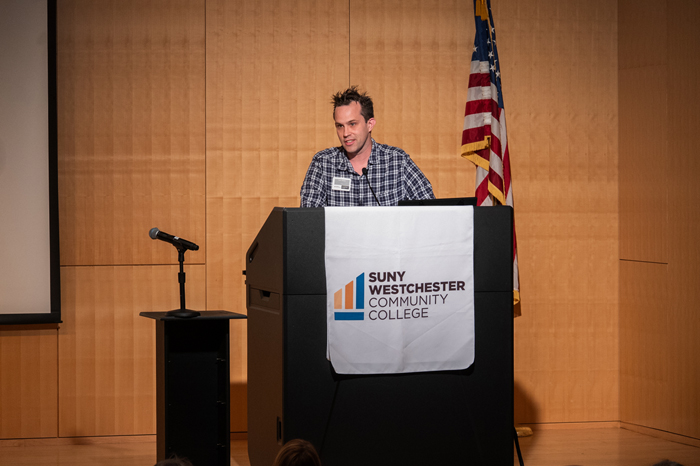
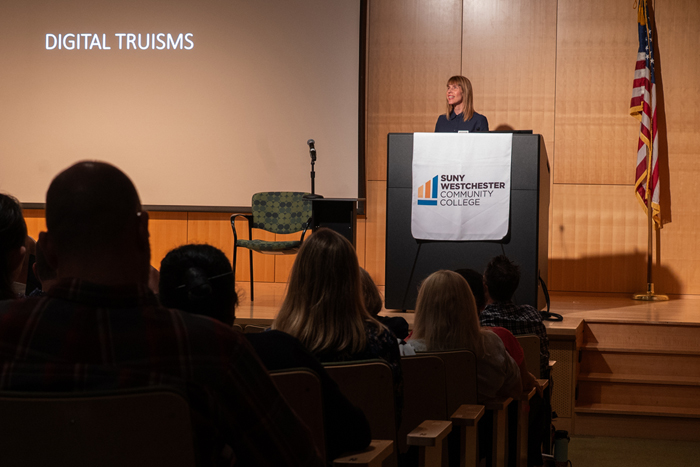
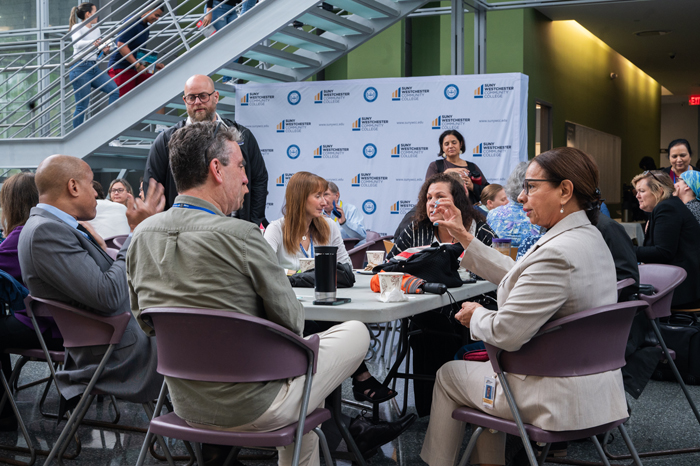
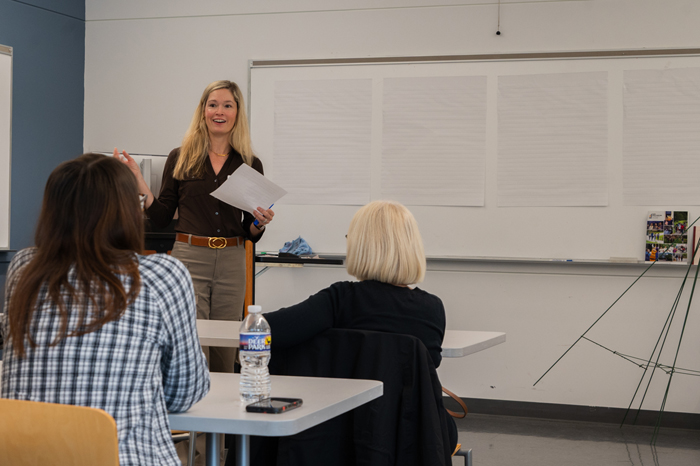
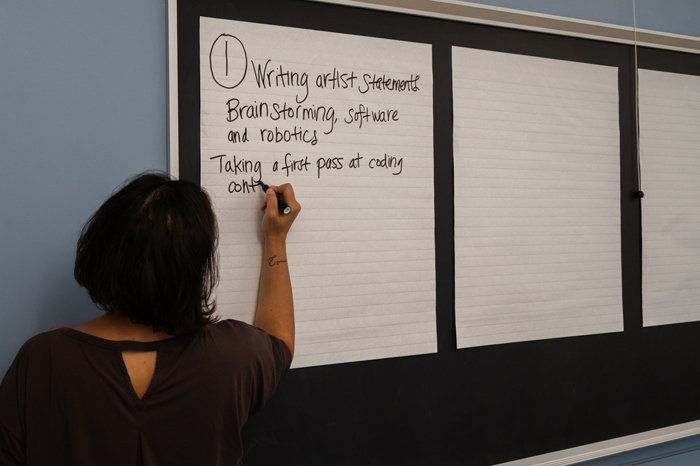
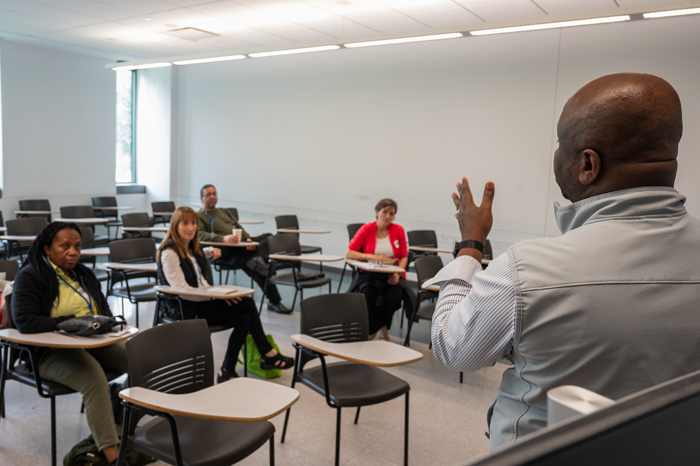
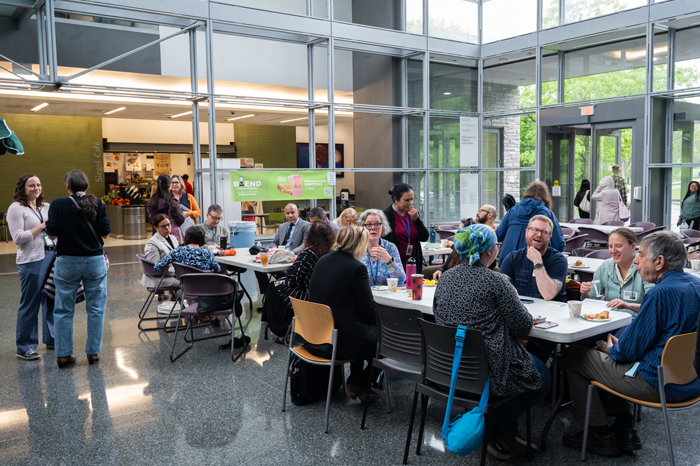
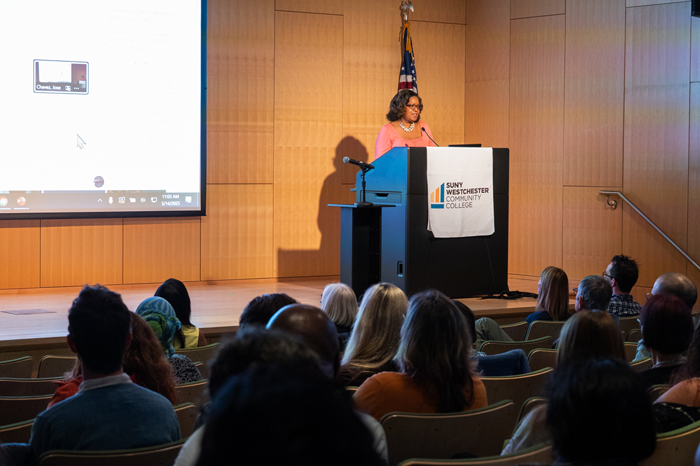
Mindfulness Meditations in the Fall
Join us for four themed sessions (about 20 minutes each)—feel free to attend as many as you’d like!
Themes:- Retaining our Summer Glow: October 2, 3:00 p.m. Click here to join the session.
- Embracing Grief, Loss, & Sorrow: October 30, 3:00 p.m.
- Reflecting on Challenging Emotions: November 13, 3:00p.m.
- Stillness: December 11, 9:00 a.m.
Contact Helen O’Brien if you have any questions or would like to offer programming ideas for Spring 2026!
Connect with CTL:
We invite you to join our upcoming CTL professional development workshops listed in the events calendar below. If you would like to contribute to the Center for Teaching and Learning Newsletter, please send an email to: [email protected].
Share:
